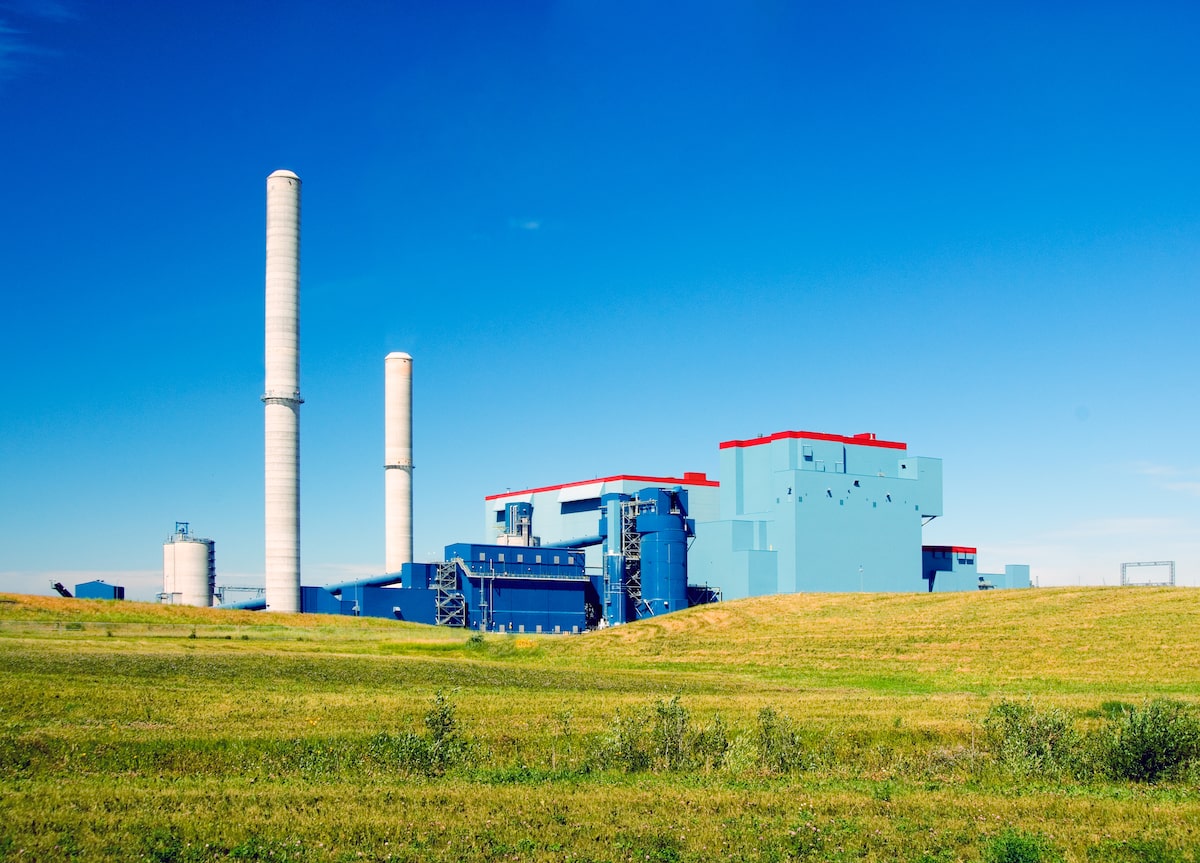Archive: [ https://archive.is/sEZIL ]
Coal accounted for 80 per cent of Alberta’s electricity grid in the early 2000s and it still amounted to 60 per cent just 10 years ago. When phasing out coal was just an idea being batted around, many said it couldn’t be done. This is not dissimilar to the rhetoric today around decarbonizing the grid. But Alberta’s experience phasing out coal shows environmental progress of this magnitude is possible.
Great headline but doesn’t indicate what replaced it.
Carbon dioxide still getting produced in massive quantities.
Coal and other hydrocarbons still being produced for export. But, hey, if it gets burned in another jurisdiction that isn’t our problem, right? We will put up those glass barriers all the way to space so our atmospheres don’t mix.
Southern Alberta is probably the best place in Canada for massive scale solar installations. Get on it.
Southern Alberta is probably the best place in Canada for massive scale solar installations. Get on it.
Alberta declared solar panels “ugly” so they wont be installing them anymore.
Alberta said that putting it on prime agricultural land needed some restrictions, and rightly so. The amount of good farmland that’s under solar panels now in south and central is disconcerting. There’s no end of shit land in Alberta that’s better suited to solar panels anyway.
It goes to show how little they actually care about capitalism. If farmland is more productive (makes more money) producing solar, then capitalism would say turn it into solar.
They’re literally stealing money from the farmers.
https://renewablesassociation.ca/wp-content/uploads/2024/01/EN-2023-Map.png
Alberta produces 2-3X more energy per capita from wind and solar than any other province, and has almost as much renewable energy storage than the rest of Canada put together.
Thats awesome, but leaves out the fact that BC and Ontario do it by Hydro Electric dams, so solar and wind is less attractive
Manitoba too! Net exporter of hydro.
Quebec does hydro. Ontario just calls it that, but majority comes from nuclear.
It probably wasn’t that good for propaganda to call it “Nuclear One” when they’ve privatized the crown corporation.
Ha yeah, Ontario says it is only 1/3rd actual hydro power
Well, I guess we all work with what we got, huh.
Battery storage, I presume. Many other provinces don’t need the storage due to the ability to vary the output from dams.
This is completely different to my view of Alberta, plus the idea they were governed by the ndp.
I mean, I’m biased, but I get the sense the rest of Canada uses us as a scapegoat a bit, like a cartoonified version of what Alberta is. No, we have hipsters and progressives here, and I see all the redneck Doug Ford guys out there. It’s not all that different really.
Meanwhile in Nova Scotia…
Dang it, Canada still has a coal addiction.
NS’s power generation is a. Bunch of micro-plants, which lend themselves more easily to upgrade and transformation.
Just gotta get on it.
The fact that their entire infrastructure - roads, water, power, some sewer, data - is all long thin media and throughways twisting along through granite and trees, makes ‘status quo’ maintenance hard, harder still depending on the leadership, and makes upgrades a hard sell.
Not to mention it’s run by a monopoly that prefer to only fix when broken over pro-active maintenance
So no coal… just means now they’re using other non-renewable resources to generate their power. Either in the form of natural gas to supplement processes, or in the form of all the minerals/materials required to build/maintain wind/solar infrastructure.
“Natural” gas is still a fossil fuel, still emits byproducts we dont want in the atmosphere, and has become the primary form of green-washing industries. It must be safe because they named it “natural” right?!
for sure, but at least its NOT coal.
Natural gas has ~1/2 the emissions, so a win is a win.
Hopefully the trend continues, and they move from NG to something truly renewable.
This is the best summary I could come up with:
The Pembina Institute, an Alberta-based clean-energy think tank, first intervened in a coal plant regulatory process in the late 1990s and, in 2009, published the first major proposal that showed the province could move to an unabated coal-free grid by 2030.
When the New Democratic Party came to power after the 2015 provincial election, they got to work delivering on a plan to accelerate the elimination of coal.
Federal and provincial programs to support workers during this transition were made available, while community economic diversification and growth in jobs in other sectors have helped to offset some of this change.
Phasing out coal in Alberta was supported by good policy design driven by carbon pricing and regulations with clear targets that offered necessary certainty to the industry and stakeholders.
Neither Albertans nor our climate can afford to be locked in to burning greenhouse gas-emitting natural gas when we have better, lower-cost alternatives.
Canada is also behind on building interties between jurisdictions – an approach that supports resilient systems and allows us to benefit from our complementary strengths across the country in hydro and other renewables.
The original article contains 806 words, the summary contains 185 words. Saved 77%. I’m a bot and I’m open source!
I assume Albertans are somehow mad about this.








